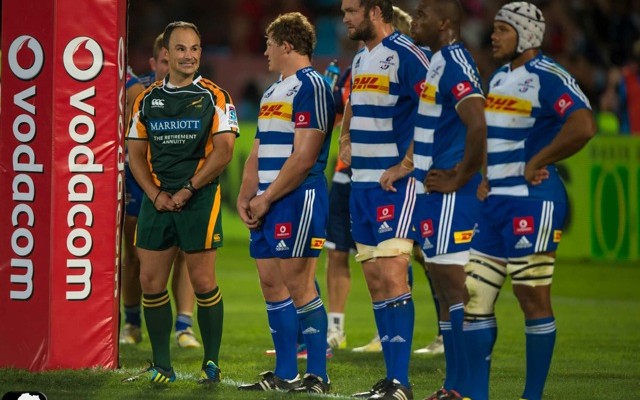New experimental laws to be introduced in SA from Friday
The South African Rugby Union (SARU) announced on Tuesday that it would implement a new set of experimental Laws in all local competitions from Friday.
The Laws have been developed by the International Rugby Board (IRB) and are expected to result in more continuity in matches and reduce the risk of serious injuries.
Key features are a new scrum engagement sequence, stricter policing of the scrum feed, adjustments to judicial sanctions and strengthening of concussion protocols.
The Laws were only due to be implemented in the southern hemisphere in rugby competitions starting after August 1. However, SARU took the decision to fast track the implementation to assist the Springboks in preparing for the end-of-year tour and for franchises preparing for the Vodacom Super Rugby season of 2014. They will get their first use in the Absa Currie Cup First Division, which kicks off on Friday.
The new Laws will not apply to the Castle Rugby Championship, the remainder of the current Vodacom Super Rugby season or the Vodacom Super Rugby play offs.
The most notable changes to the game will be in the scrums. All the changes are:
- Props will now be required to pre-bind before the “hit”, resulting in the scrum call being changed from “crouch, touch, set” to “crouch, bind, set”
- The front rows crouch and using their outside arm each prop must bind. A loose head prop must bind on the opposing tight head prop by placing the left arm inside the right arm of the tight head and gripping the tight head prop’s jersey on the back or side. A tight head prop must bind on the opposing loose head prop by placing the right arm outside the left upper arm of the opposing loose head prop and gripping the loose head prop’s jersey with the right hand only on the back or side. The props must not grip the opponent’s chest, arm, sleeve, or collar.
- Referees have been told to more strictly police a straight feed by scrumhalves into the scrum
- Rugby fields may be no longer than 100m in length and 70m in width, while the in-goal area should not exceed 22m in depth.
- Fields for international matches and International Sevens Rugby must be as close as possible to the maximum size, and no less than 94m in length and 68m in width, while the in-goal area has to be a minimum of 6m in length.
- The match-day doctor for Test matches will be the sole adjudicator on whether a player has a blood injury or not. (SARU already ensures that match-day doctors are appointed for all International, Super Rugby and all Absa Currie Cup Premiership matches).
- All players diagnosed with or suspected of having concussion need to be removed from the match or training session and may take no further part in that particular match or training session. The player diagnosed with concussion needs to follow the management protocol as described in the IRB Concussion Guidelines (www.irbplayerwelfare.com ) before they may return to full contact participation.
- Judicial Officers have been given the freedom to apply sanctions of less than 50% of the lower-end entry and in some cases no sanction for offences. In the past they could only apply a minimum of 50% of the entry-level sanction.
- Yellow cards may now be expunged from a player’s disciplinary record in the case of mistaken identity, while red cards could be expunged if a judicial officer believes the offence did not warrant a red card. This was not previously allowed.
Related Posts
« 2013 Coca-Cola u13 Craven Week Day 2 Fixtures & Results 25 June 2013 HSBC’s Lions Weekly video: O’Driscoll, Robinson, Gregan and Roff on the first test »

















